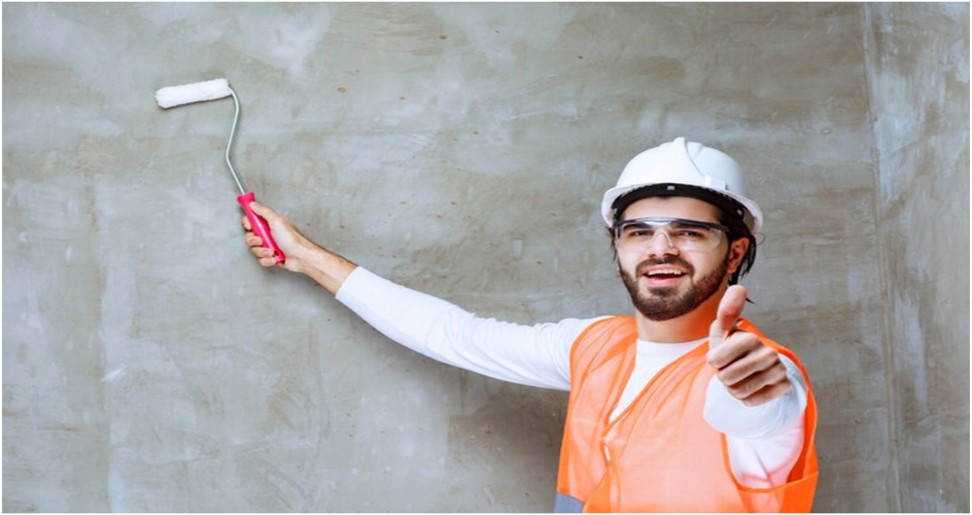Both residential and commercial property owners often want to improve their properties with new paint.
However, they may need to learn the optimal solution for allocating funds for the project. Professional painting requires specific steps to ensure accurate completion and budget adherence.
Here is a complete guide about budgeting appropriately for a residential interior painting project.
Choose Your Colors
The first step in budgeting for a painting project is to select the right colors. If you hire a professional painter, they may provide access to a wider range of colors than you do. But if you want to do it yourself, you must purchase paint from a local store.
Once you’ve decided on your color scheme, find out how much paint you’ll need to buy by asking the store employee. They should provide a rough estimate based on the square footage of your property.
Choose Your house painting contractors.
When creating a painting project budget, the second thing to do is choose competent house painting contractors. You must research and find a certified, dependable, and professional person.
To find local painters, conduct online research, read customer reviews, seek referrals, and consult with experienced painters who have completed similar projects.
Once you’ve found a qualified painter that fits your needs and requirements, carefully read any paperwork before signing any contracts or agreements.
Additionally, this step is crucial to guarantee that the agreement accurately reflects your job requirements and prevents potential project delays.
Determine Your Needs
Determining your needs is the third step in developing a working painting project budget. The process involves determining the type of paint (flat or glossy) and the surface (wood or drywall).
If you ask these questions, they can help in determining the required amount of paint and the duration required by the painter(s) to complete the task.
Calculate the Cost of Materials
Determining how much paint you’ll need is crucial in huge painting projects. The amount of paint needed will depend on the size of the area, the type of paint used, and the number of coats to be applied.
After you have this data, you can start estimate how much your project will cost. Most of your charges will come from the work of the professional painter you hire.
But if you’re painting your own house, you’ll also consider the price of supplies like tape, drop cloths, and brushes. By budgeting for your project upfront, you may avoid any unpleasant shocks later.
Determine Your Labor Costs
There are a few budget-related considerations to make when painting your house. Finding a professional painter’s hourly rate is the first step in hiring them. Once you know this, you can determine how many hours it will take them to finish the job.
Decide how many hours a week you’re willing to paint if you’re painting your house yourself. To avoid going over budget, estimate the time to finish the task realistically. By keeping these things in mind, you can ensure that your painting project remains on schedule and within your budget.
Additional:
- Unveiling the Price Tag: How Much Does a Volvo Hybrid SUV Cost?
- SparkCharge: A Charged-Up Future, But What’s the Price Tag?

